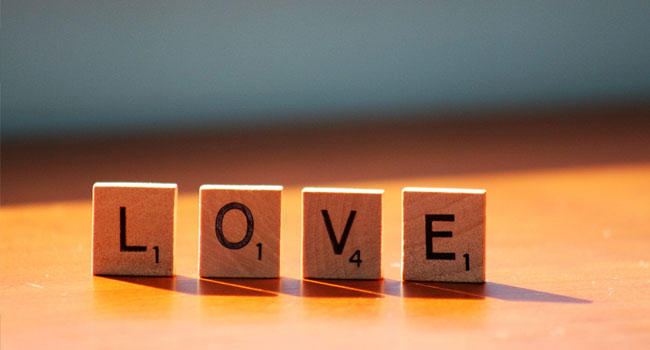
Inspire Healing: Why Lance Armstrong Isn’t All Bad
March 28, 2013
Injured and Hurting: Time to Fix How We Treat Pain on the Job
September 11, 2013The pain experience can not only change our view of the world around us, but it also contorts the way we see ourselves. Alterations to our own personal view of who we are and what we look like can mean that we see ourselves as different from the person we used to be. These self-perceived modifications can take on many forms, including emotional changes about how we feel about ourselves as well as what we think we physically look like. Chronic pain has the power to manipulate the lenses that we look through when we visualize our own selves.
Emotional reactions to being in pain can take on many forms leading to mood changes like depression, anxiety, fear, anger, or even a feeling of being traumatized. Further cognitive processing of our thoughts can make us judgmental toward ourselves, sometimes in very negative ways. We may start think of ourselves as less worthy, less important, or even less beloved by our friends and family. This leads to views of inadequacy and low self-esteem. For example, the family breadwinner may start to feel like a failure if he or she is no longer able to work because of a low-back injury that led to chronic back pain. The valued role of being seen as a provider for this person in pain is now lost, precipitating negative views of the self, even irrespective of how others may feel.
Pain can also significantly alter what we think we look like. The person we think we see when we look in the mirror starts to morph into a different-looking image. A classic example of this is seen with a challenging pain disorder known as “complex regional pain syndrome” (CRPS). CRPS usually involves an arm or leg and typically occurs after some sort of injury. It is viewed as a neurologic pain disorder with changes taking place in both the central nervous system as well as peripherally around where the symptoms are felt, like a hand or foot. As a result, in some cases the pain may be much more intense and chronic than what would be expected from the original injury.
CRPS can cause distortions in how we view our painful limb, and the more painful it is then the greater the amount of distortion there seems to exist. One of these distortions is the involved limb starts to look larger than the other in comparison. As the disease lingers, we start to dissociate ourselves from the painful limb, meaning it almost becomes a separate entity. Our brain becomes wired to avoid using it, and we start to think of it as no longer useful. This can lead to feelings of hostility toward the painful body part and patients will actually say that they want it cut off because it seems useless but very painful at the same time. In other words, they no longer want the hand or foot that is hurting them to be attached to their body.
What causes this distorted body image? This seems to be related to changes that take place in a region of the brain knows as the somatosensory cortex. The somatosensory cortex contains a schematic map of the body and processes information about touch, pain, temperature, and proprioception. (Proprioception is how we distinguish where different body parts are in space relative to the other parts. For example, it figures out if your toe is pointing up, down, or straight ahead in relation to the foot.) CRPS can lead to substantial changes in the way a person’s somatosensory cortex is organized. As a result of these changes, the image of the painful arm or leg gets distorted in comparison to the unaffected one, making it look larger.
The good news here is that these changes that take place in the somatosensory cortex are potentially reversible with the right treatments. As a person with a condition like CRPS starts to improve, then we see the somatosensory cortex start to remodel itself, giving the body image distortions the chance to resolve. Clearly, in order for that to happen, the right type of feedback needs to be given to key brain centers that map out the body which means the painful extremity must gradually be engaged and exercised as part of a successful treatment plan. Furthermore, perceptions about the painful extremity must evolve from that of neglect or even disdain toward acceptance and nurturing. This may require a process of psychological processing and cognitive retraining to support the rehabilitation aspects of treatment.
Mirror box therapy is an interesting example of a treatment that helps remodel the altered somatosensory cortex in conditions like CRPS, phantom limb pain, and strokes. The painful arm or leg is placed inside a box with mirrors on the outside of it and the non-injured extremity is placed next to the outside of the mirrored box. By doing this, the “good” extremity creates a mirror image of itself where the “bad” extremity would normally be (now hidden inside the box) and this helps re-train the brain into thinking the painful limb looks and feels like the normal side. Mirror box therapy results in brain remapping and can reduce pain as well as help re-sculpt a much more positive body self-image.
If you are hurting, one of your next best steps may be to learn to love your body again.


